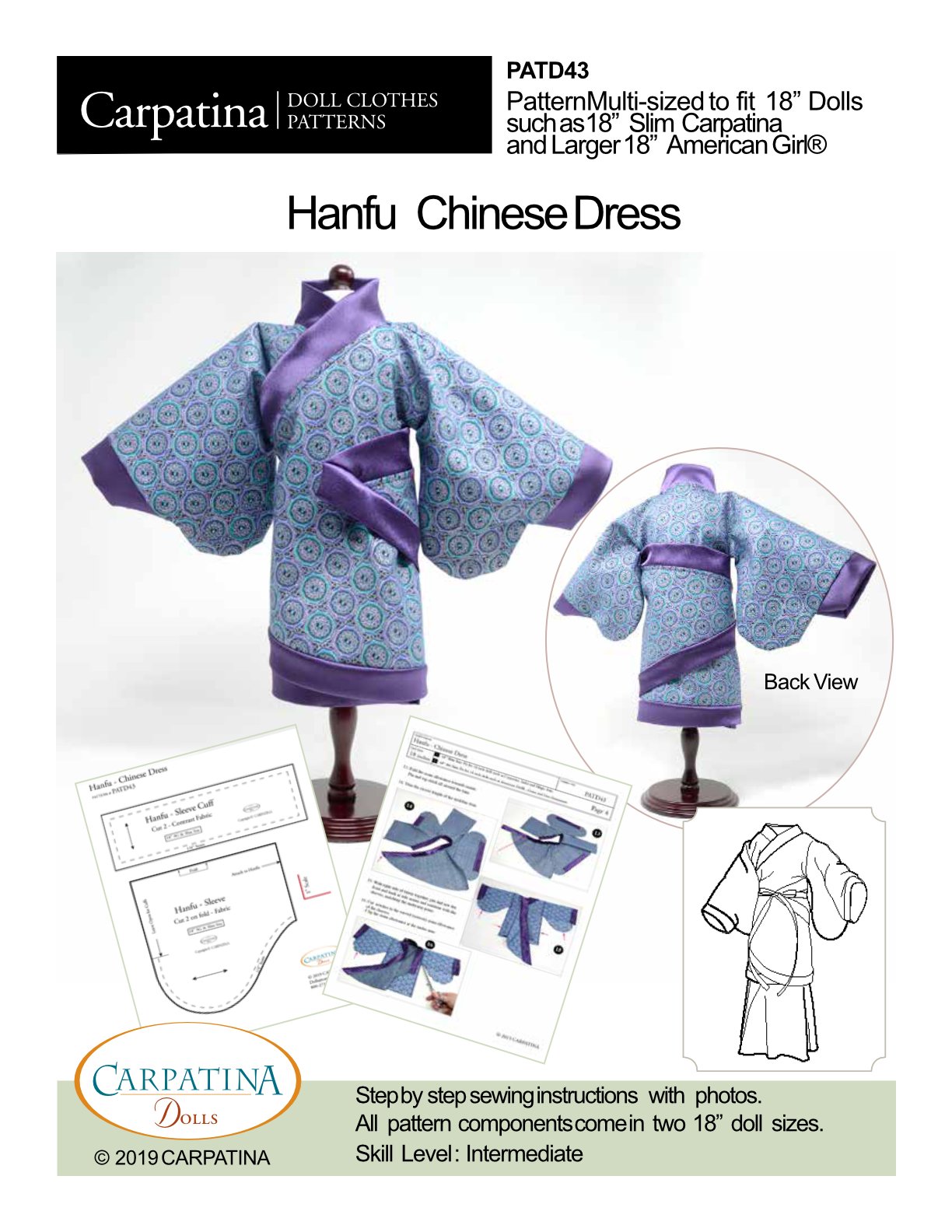Introduction to Hanfu
Hanfu, the traditional attire of the Han Chinese, is a symbol of the rich and diverse culture of ancient China. With a history spanning over millennia, Hanfu has evolved through various dynasties, each leaving its unique imprint on the design and style. This article delves into the intricate components of Hanfu and their cultural significance, offering a glimpse into the elegance and sophistication of traditional Chinese fashion.

Hanfu’s Historical Context
The history of Hanfu is deeply rooted in the cultural and social fabric of China. From the Zhou dynasty to the Qing, the attire has undergone numerous transformations, reflecting the changing political, economic, and social dynamics of the time. Each dynasty contributed to the evolution of Hanfu, making it a living testament to China’s historical legacy.

Key Components of Hanfu
Hanfu is composed of several key components, including the upper garment (衣), the lower garment (裳), and the sash (带). Each component serves a specific purpose and is intricately designed to reflect the wearer’s social status and personal taste. The upper garment, typically a cross-collared robe, is a signature feature of Hanfu, symbolizing the philosophy of harmony and balance.

Cultural Significance of Hanfu Patterns
The patterns and motifs on Hanfu are not merely decorative; they carry profound cultural meanings. Traditional patterns often include elements from nature, such as clouds, dragons, and phoenixes, symbolizing auspiciousness and nobility. These patterns are meticulously woven or embroidered, showcasing the exceptional craftsmanship of Chinese artisans.

Hanfu in Modern Times
Despite the decline in popularity during the modern era, Hanfu has experienced a resurgence in recent years. Young people are embracing Hanfu as a form of cultural identity and expression. The revival of Hanfu is not only a celebration of traditional aesthetics but also a reflection of the growing interest in preserving and promoting China’s cultural heritage.








I’m a historian, and I appreciate the article’s focus on the historical context of Hanfu. It’s a valuable resource for understanding Chinese culture.
As someone who values cultural preservation, I’m thrilled to see Hanfu being embraced by younger generations. It’s a beautiful way to honor tradition.
The article could have included a section on the global influence of Hanfu. Is it gaining popularity outside of China?
As someone who loves cultural festivals, I’d love to see Hanfu being worn in parades and celebrations. It’s a beautiful way to showcase Chinese heritage.
The article mentions the craftsmanship of Hanfu but doesn’t discuss the artisans behind it. I’d love to learn more about their stories.
I’m a photographer, and I find Hanfu to be an incredibly photogenic subject. The way the components flow and interact with light creates a sense of elegance and timelessness.
The article could have explored the role of Hanfu in Chinese literature. Are there famous works that feature these garments?
The article provides a fascinating overview of Hanfu components and their cultural significance, but I wish it had included more details about the materials used in traditional Hanfu. As someone who loves textiles, I’m curious about how silk, linen, and other fabrics were historically chosen for different components.
The article mentions the resurgence of Hanfu among young people, but it doesn’t address the challenges of modernizing these traditional garments for contemporary lifestyles.
The article does a great job highlighting the beauty of Hanfu, but it could also discuss its role in modern Chinese weddings.
I’m a fashion critic from the United Kingdom, and I’m impressed by the article’s detailed exploration of Hanfu components. The attention to detail in the design and construction of Hanfu is truly inspiring. It’s a reminder that fashion can be both beautiful and functional.
As a high school student, I’m excited to see the revival of Hanfu in modern times. It’s cool to see young people embracing their cultural heritage through fashion. The article does a great job of explaining why Hanfu is more than just a trend; it’s a way to connect with our past.
As a textile artist, I’m in awe of the craftsmanship involved in creating Hanfu. The article’s description of the patterns and motifs is spot-on. The attention to detail and the use of traditional techniques are truly remarkable. It’s inspiring to see such dedication to preserving cultural heritage.
I’m a fashion designer from France, and I’m impressed by the article’s detailed exploration of Hanfu components. The attention to detail in the design and construction of Hanfu is truly inspiring. It’s a reminder that fashion can be both beautiful and functional.
I’m a middle-aged woman from the United States, and I appreciate the article’s focus on the cultural significance of Hanfu. The mention of how each component reflects the wearer’s social status and personal taste is particularly interesting. It’s a reminder that fashion is not just about looks but also about identity and heritage.